This is an Eval Central archive copy, find the original at freshspectrum.com.
An illustrated guide to business planning for freelancers, consultants, and other professionals hoping to trade hours for dollars. Inspired by my friend Kendra, who asked me to write down our conversation and share it with others.

Not quite a business, not quite a job.
I work in an open co-working space located in the middle of North Carolina’s research triangle. On a daily basis for the last few years I have been surrounded by people “in transition.”
It used to be easy to tell when someone was unemployed. You either had a job or you didn’t. But with the amount of short-term freelance work now available and the number of not-quite-profitable business ideas being pursued, the difference is so much murkier.
And in this space of short term roles and fuzzy answers to the common “so what do you do?” question, you can occasionally hear the phrase, “gig economy.”
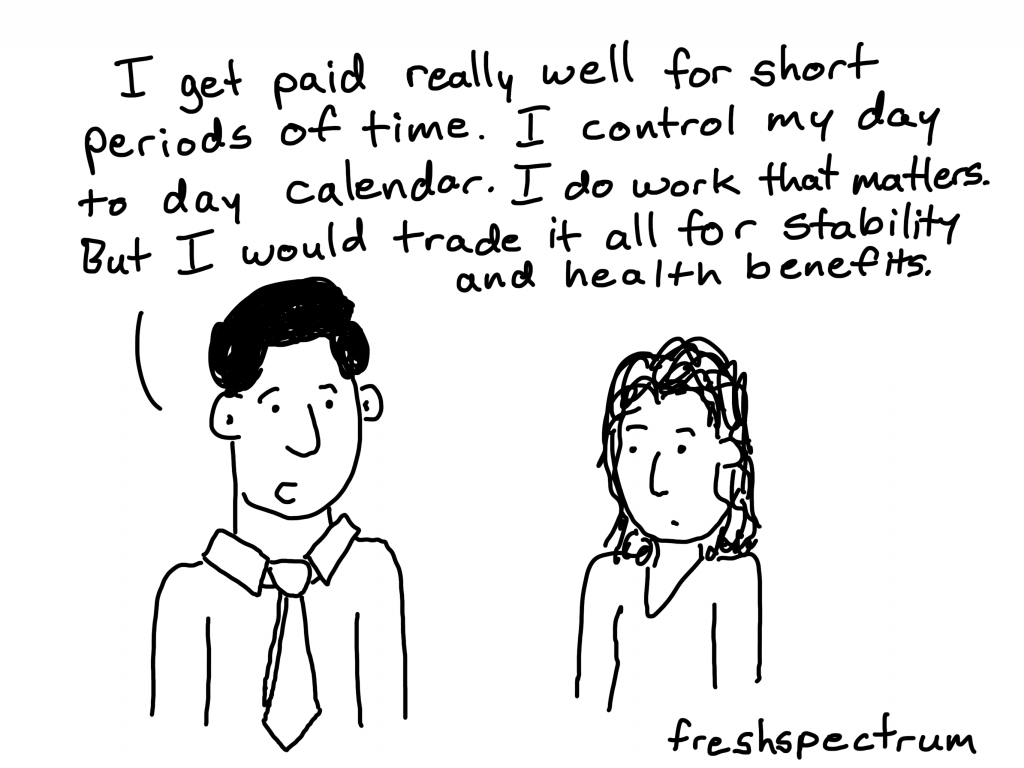
Welcome to the gig economy.
In a gig economy, temporary, flexible jobs are commonplace and companies tend toward hiring independent contractors and freelancers instead of full-time employees. A gig economy undermines the traditional economy of full-time workers who rarely change positions and instead focus on a lifetime career.
My dad spent most of his working career with one employer. So did my father-in-law. But in modern times longterm employment like that is becoming increasingly rare.
Even big traditional slow-moving companies, the kinds that have the resources to offer comprehensive benefits packages and in-house HR teams, are opting towards short term hires brought to them by recruiting companies. The gig economy is becoming so much more than just TaskRabbit and Uber.
Not only do the recruiting companies find the people, the companies also become subcontracted employers for at least the first 6 months of a new hire’s tenure. What was once a niche industry for hard to find executives and bulk temp workers is now staffing big companies in all positions from top-to-bottom.
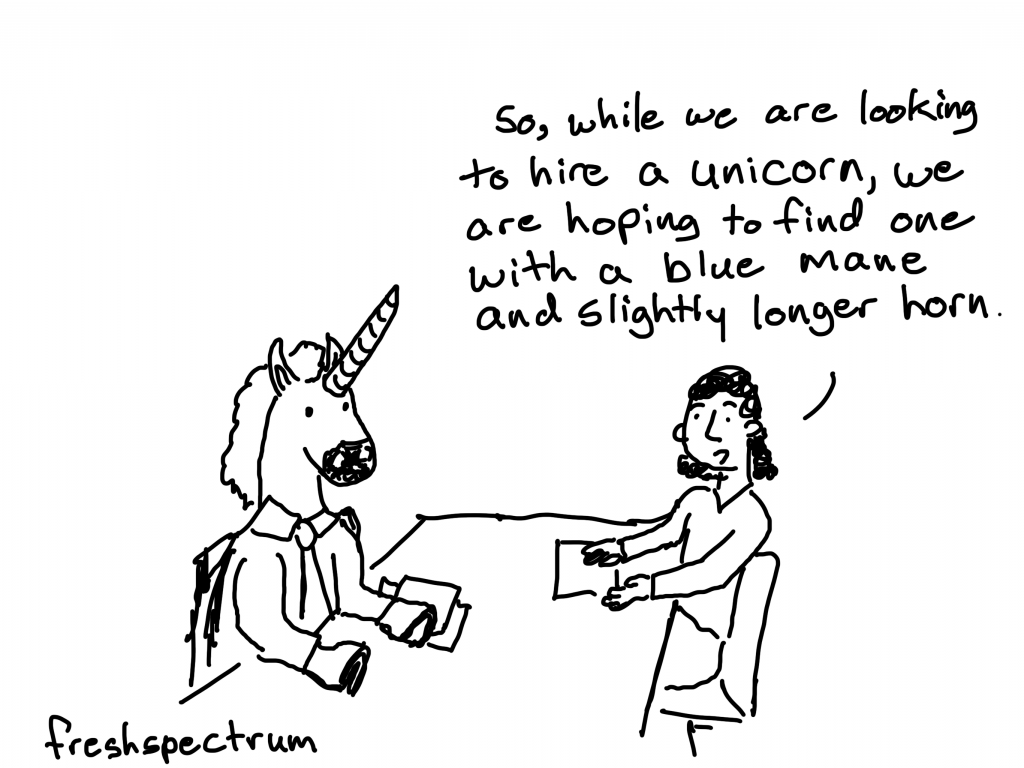
Hiring managers, insulated from some of the costs of recruiting, get pickier. They are also equipped with new data systems that auto-filter away candidate resumes that don’t hit with just the right sets of criteria.
And from the candidate perspective, finding a job becomes a big pain in the @$$.
Is the big company job worth it?
So as big companies scrap their competitive advantage of stability and comprehensive benefits in exchange for short-term cost savings, the jobs they offer become less valuable.
All of a sudden the most valuable employees start to think, “I could do better on my own.” Even the ones, like yours truly, who never really started out with that entrepreneurial mindset.
And it’s for those of you out there, that I wrote this post. Because right now the people with the money are setting the terms.
But talent and experience is also an asset. I want you to leverage that asset and start to take back control of the terms.
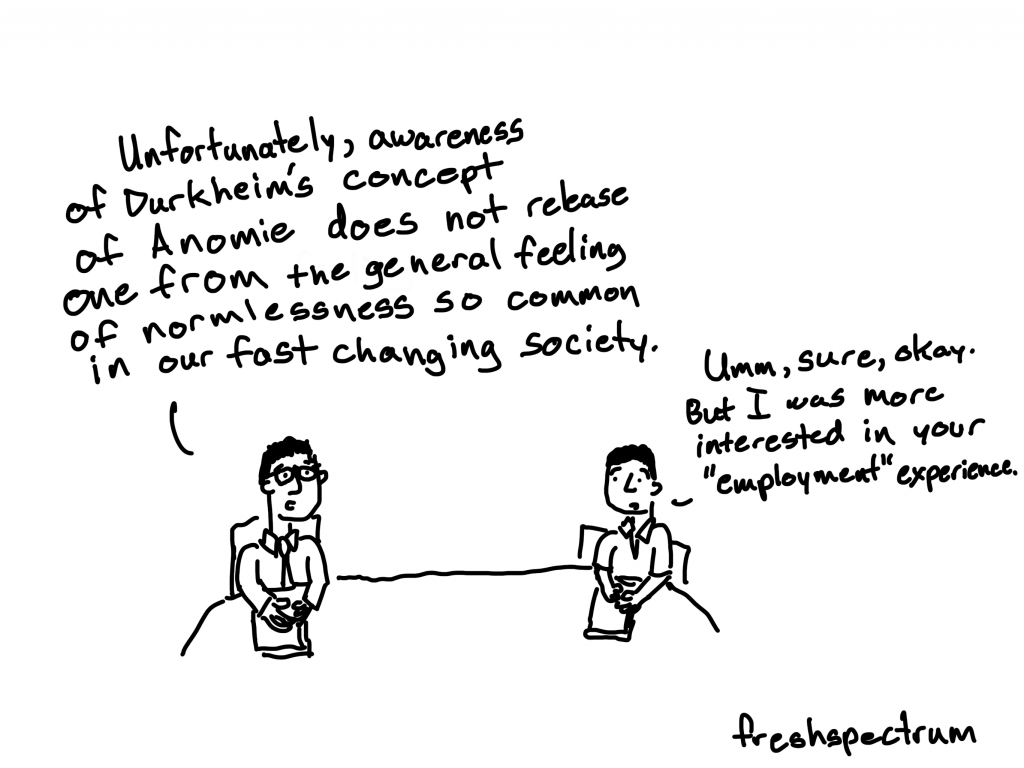
Freelancing as a Business Choice
Just to be clear, the model I am sharing is a freelancer model.
Maybe you dream of building the next Amazon or Lyft. But this is not really the right model for that.
This is about trading hours for dollars. But doing it in a way that you retain flexibility and generate a decent living.
This is a model for the people who are in business for themselves because the reality of the modern economy makes that the ideal decision. It’s for the people who would, if given the right offer, happily switch back to a salaried company job.
Freelancers get paid when they work. We’re not focused on scale… and we’re not tiny versions of real entrepreneurs. Freelancers do the work for clients who need them.
Entrepreneurs, on the other hand, are organized for growth. The job of the entrepreneur isn’t to do the work, it’s to build a company that does the work.

The Standard Freelance Pricing Model
One of the biggest traps faced by those new to the freelance world results from taking a huge leap from an annual salary to a simple hourly rate.
Take my friend Zee (a fake name composite of a few friends really).
Now Zee used to make 100K/year with good benefits. But as a freelancer he dives into the world offering his time at $100/hour. He gets a few takers and earns a few thousand for bespoke on-demand projects here and there.
After a year or so he has a steady series of clients. Each time making two or three thousand dollars. Some months he has several clients, other months one, and then over the summer he spent two months with none.
In his second year, Zee ended up earning 40K without benefits. His wife wants him to head back into the workforce. Zee is convinced though that if he could just do better at marketing, the numbers would go up and he would be matching what he used to make.
But what Zee doesn’t really consider is the boom or bust nature of his model and the true cost of scale. The more customers you need, the more time/money needs to go into marketing. The more customers you acquire, the harder it is to manage. The fluctuation in commitment drives up the number of hours worked, and the marketing needs never seem to go away.
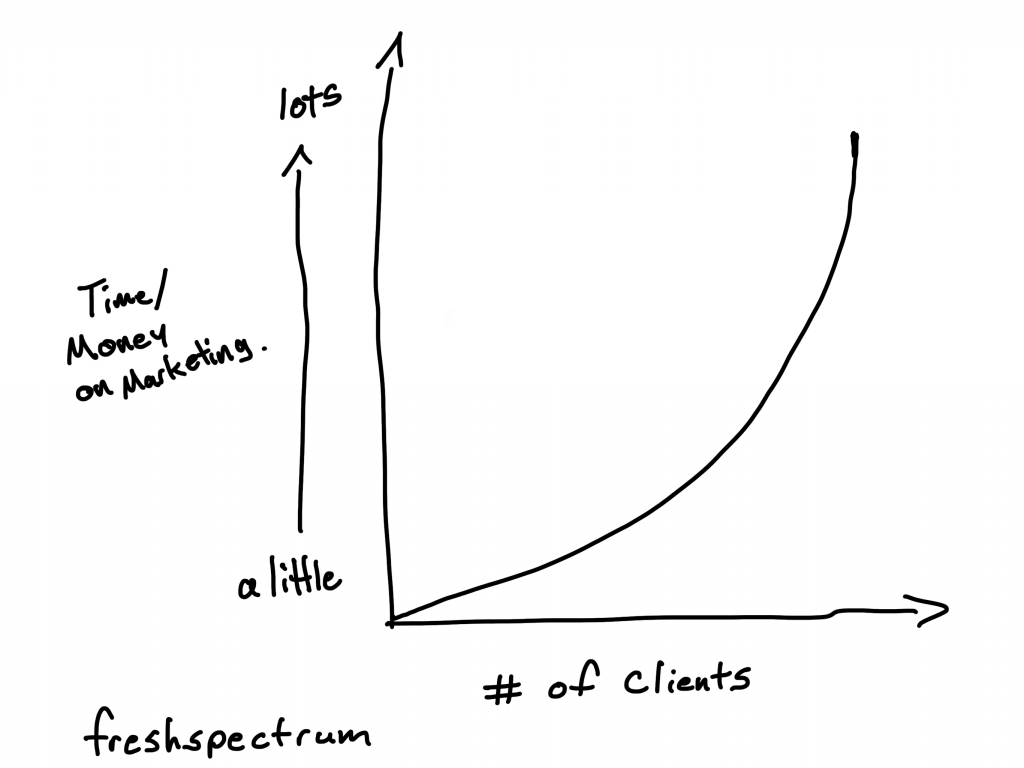
Compare on Rate, Buy on Budget
You know what’s crazy. Rate is not usually the x factor.
Ultimately, what matters for a client is that the project is done on time on budget.
And their budget is usually not based on adding up hours. It’s based on a mix of what they can afford and what the market dictates.
If the market dictates a specific project is worth around 10K and the company has the funds to budget 10K, that’s usually how the contract gets funded.
The hourly rate for a client is just an evaluation tool. Does it pass the sniff test? Does it provide for enough hours to get the job done? How does it compare to the other people who bid for this project?
And for the freelancer. That rate is highly variable based not only on their salary, but in how much time/money they need to spend finding/managing their work.

The Gig Pricing Model
Let’s flip the freelancer pricing model.
So Zee used to make 100K+benefits each year. What if instead of jumping straight to rate, we just cut the salary in half and assume two clients.
If Zee wants to make his life easier, and he is having a hard time finding a single 100K job, all he has to do is find two 50K clients.
But that doesn’t include benefits, and it doesn’t build in any room for lag time that almost always delays payment. So if he’s going for two clients, he can sell half his time to each for 60K.
Is there a project that Zee can do for 60K/year? Or how about a project that he can complete in 6 months for 35K? Or maybe 3 months for 20K?
The goal Bigger Budgets, Fewer Clients.

Tangible Offering, Fundable Need
So just what is a Gig then?
A Gig in my model is just a well-defined project. It is a structured plan with deliverables and timelines, designed to deliver something to a client.
A Gig is a tangible offering.
Now a tangible offering is not enough on its own. You have to pair your offering with a fundable need. A fundable need is something that an organization, business, or individual has the budget and inclination to address.
Many problems exist, but only so many our worth paying to solve.
But here’s the thing.
A contract position in the gig economy is both a tangible offering (position description/objectives) and a fundable need (there is a budget or else they would not have listed the position).
A salaried position in the gig economy also meets that criteria.
If a company might be willing to pay someone 100K/year to do a thing. And you can do that same thing in half the on-the-clock time for 70K. You just saved the company 30K while making more money.
Gigs exist everywhere that a position exists. If you can structure your offering, and show that it makes sense, working with you can become a no-brainer.
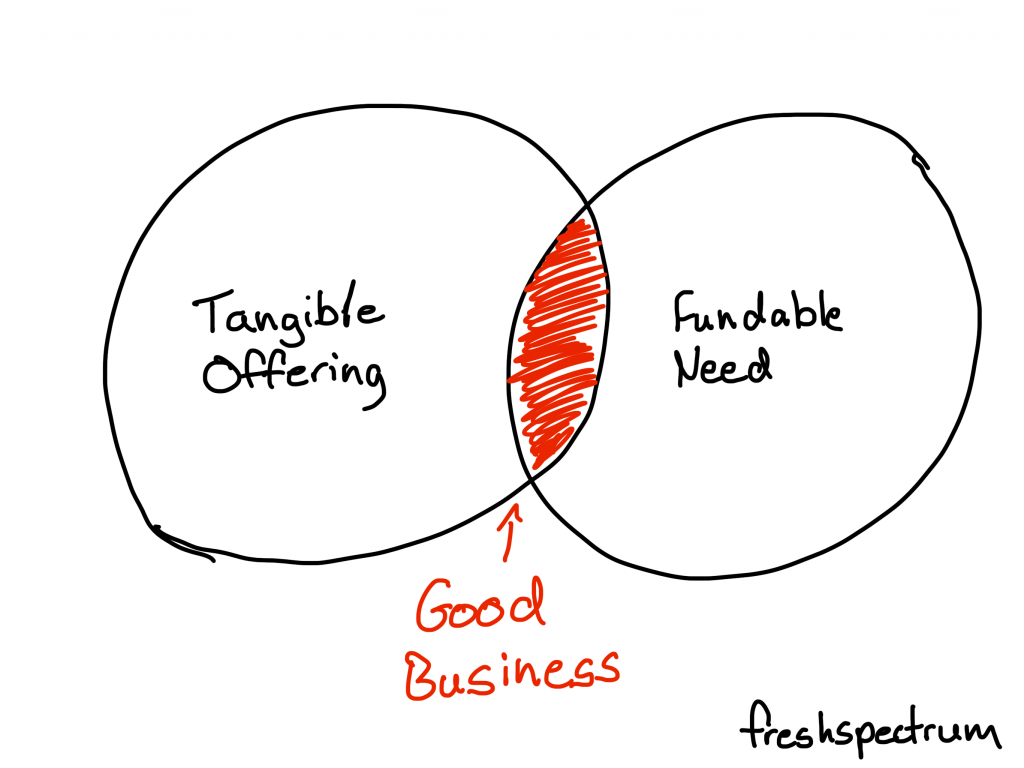
Choosing your focus.
When choosing the Gigs you hope to pursue, here is something i find helpful.
If you can find Gigs that you love to do (a dream role) with big enough budgets to pay your salary, you’re set.
Depending on your needs, dream roles with small budgets are also workable. So are larger budget boring jobs.
Just try to get away from undercharging for boring work.
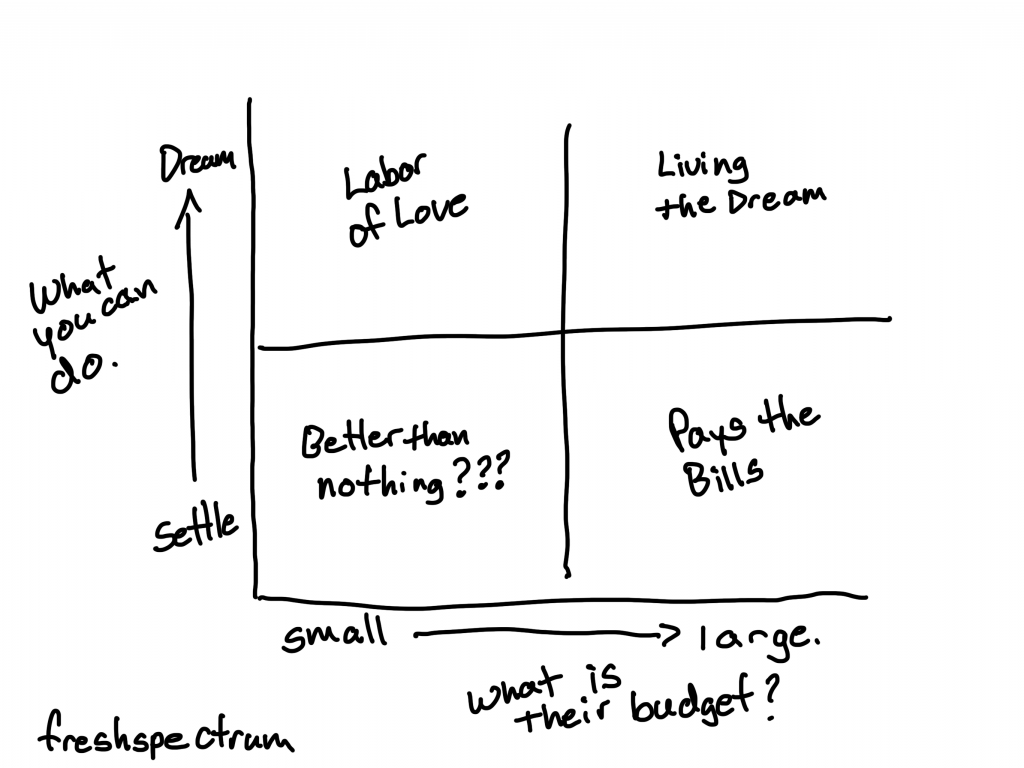
Next Steps
Try to conceptualize what a big project you could offer would look like.
And if you’re struggling with Imposter Syndrome, think of it this way. You’re not designing a super expensive project but a well paying part time job.
Would love to hear what you think about this in the comments!